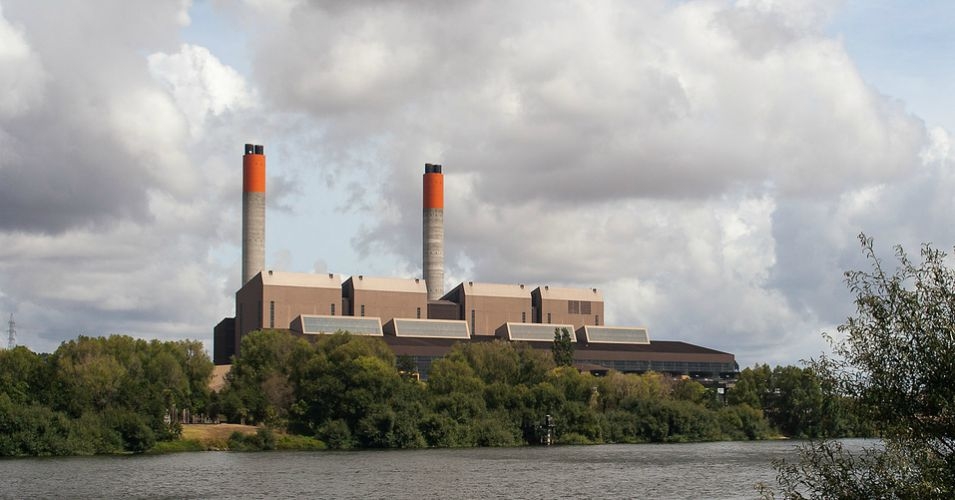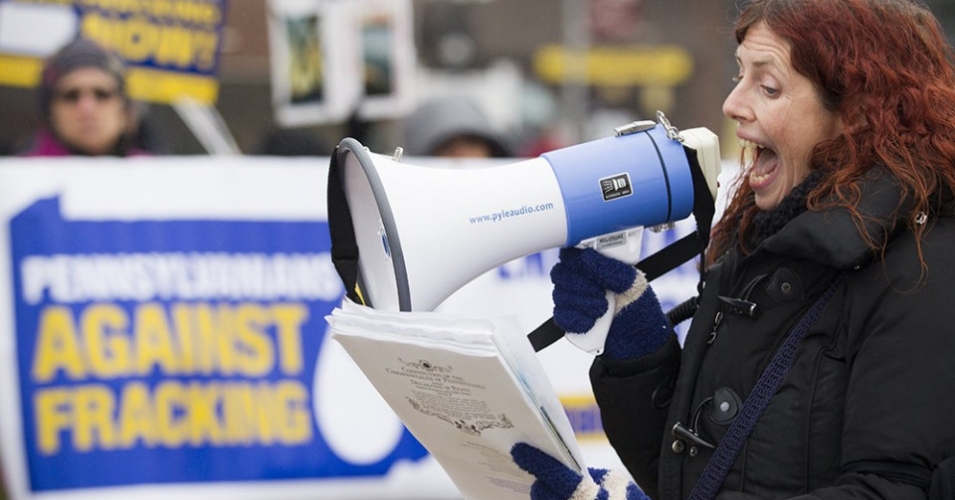Published on Wednesday, July 24, 2013 by Common Dreams
New study looks at planetary, social and economic impacts of increasinly perilous Arctic melting

Permafrost on the northeastern side of Spitsbergen, Svalbard, an island in the arctic region between Norway and the North Pole. (Photo: Olafur Ingolfsson.)
Billions upon billions of tons of methane remain stored in the permafrost throughout the Arctic regions, but specific concern has been placed on the enormous reserves that sit locked beneath the East Siberian Arctic Shelf. Scientists have repeatedly warned that if these deposits—many frozen in the form of methane hydrates—were released, they would trigger massive feedback loops and dramatically increase the rate of global warming.
The new study confirms these established fears, but also looks at the potential social and economic costs that would follow.
Though the corporate scavengers of the fossil fuel and mining companies are drooling over the prospects of a melting arctic in order to exploit previously inaccessible reserves of mineral and energy resources, the climate researchers say both the planetary and economic impacts should be taken extremely seriously.
The report's authors say that global financial and political leaders of the world continue to avoid the warnings of scientists when it comes to the dangers posed by the melting arctic.
As the Guardian's John Vidal reports:
Governments and industry have expected the widespread warming of the Arctic region in the past 20 years to be an economic boon, allowing the exploitation of new gas and oilfields and enabling shipping to travel faster between Europe and Asia. But the release of a single giant "pulse" of methane from thawing Arctic permafrost beneath the East Siberian sea "could come with a $60tn [£39tn] global price tag", according to the researchers who have for the first time quantified the effects on the global economy.
Even the slow emission of a much smaller proportion of the vast quantities of methane locked up in the Arctic permafrost and offshore waters could trigger catastrophic climate change and "steep" economic losses, they say.
"The global impact of a warming Arctic is an economic time bomb," said Gail Whiteman, a climate policy analyst at Erasmus University in Rotterdam and one of the authors of the report.
"The imminent disappearance of the summer sea ice in the Arctic will have enormous implications for both the acceleration of climate change, and the release of methane from off-shore waters which are now able to warm up in the summer," added Cambridge University's Peter Wadhams, another co-author.
As Vidal notes:
The Arctic sea ice, which largely melts and reforms each year, is declining at an unprecedented rate. In 2013, it collapsed to under 3.5m sqkm by mid September, just 40% of its usual extent in the 1970s. Because the ice is also losing its thickness, some scientists expect the Arctic ocean to be largely free of summer ice by 2020.
The growing fear is that as the ice retreats, the warming of the sea water will allow offshore permafrost to release ever greater quantities of methane. A giant reservoir of the greenhouse gas, in the form of gas hydrates on the East Siberian Arctic Shelf (ESAS), could be emitted, either slowly over 50 years or catastrophically fast over a shorter time frame, say the researchers.
A "massive methane boost," explained Wadhams, "will have major implications for global economies and societies. Much of those costs would be borne by developing countries in the form of extreme weather, flooding and impacts on health and agricultural production."
________________________________________



